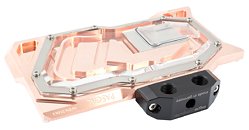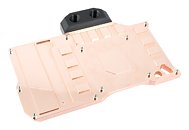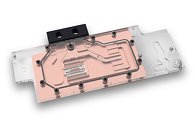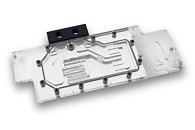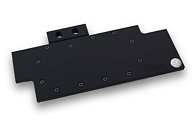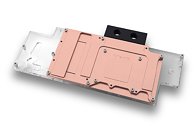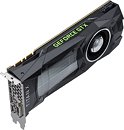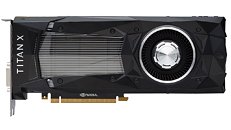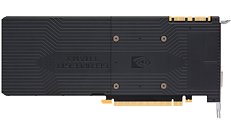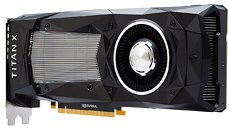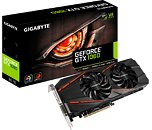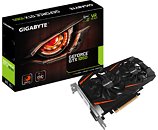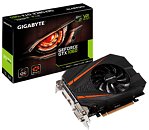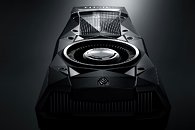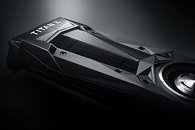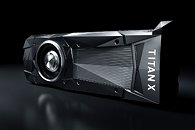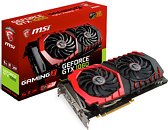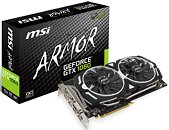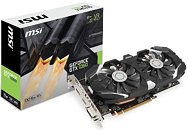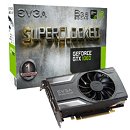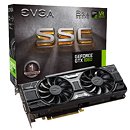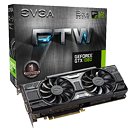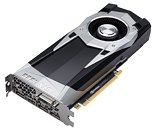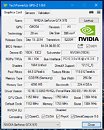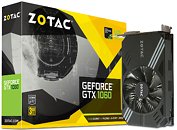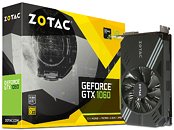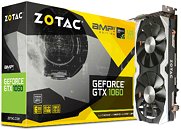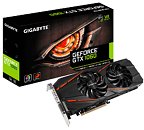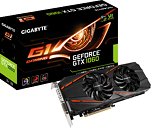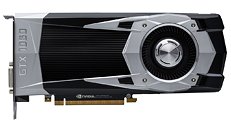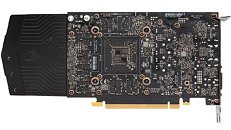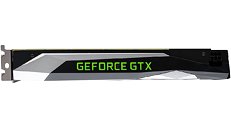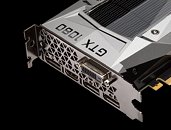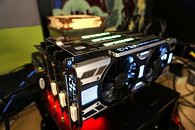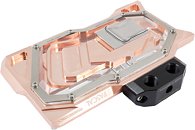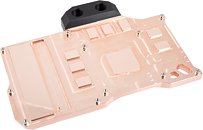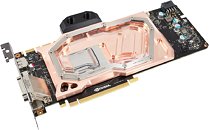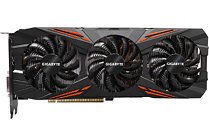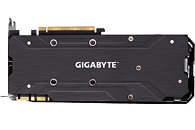
NVIDIA Announces Financial Results for Second Quarter Fiscal 2017
NVIDIA today reported revenue for the second quarter ended July 31, 2016, of $1.43 billion, up 24 percent from $1.15 billion a year earlier, and up 9 percent from $1.30 billion in the previous quarter. GAAP earnings per diluted share for the quarter were $0.40, compared with $0.05 a year ago and up 21 percent from $0.33 in the previous quarter. Non-GAAP earnings per diluted share were $0.53, up 56 percent from $0.34 a year earlier and up 15 percent from $0.46 in the previous quarter.
"Strong demand for our new Pascal-generation GPUs and surging interest in deep learning drove record results," said Jen-Hsun Huang, co-founder and chief executive officer, NVIDIA. "Our strategy to focus on creating the future where graphics, computer vision and artificial intelligence converge is fueling growth across our specialized platforms -- Gaming, Pro Visualization, Datacenter and Automotive."
"Strong demand for our new Pascal-generation GPUs and surging interest in deep learning drove record results," said Jen-Hsun Huang, co-founder and chief executive officer, NVIDIA. "Our strategy to focus on creating the future where graphics, computer vision and artificial intelligence converge is fueling growth across our specialized platforms -- Gaming, Pro Visualization, Datacenter and Automotive."





